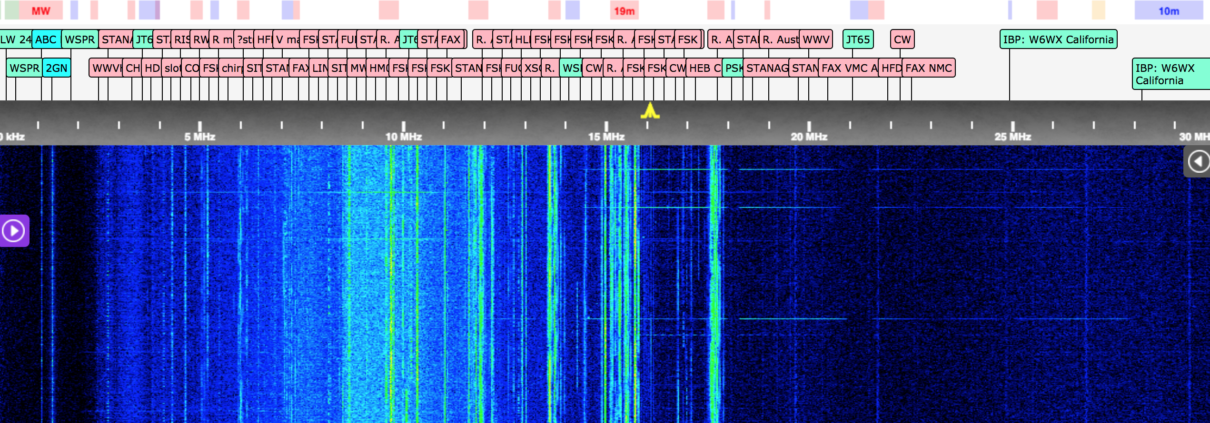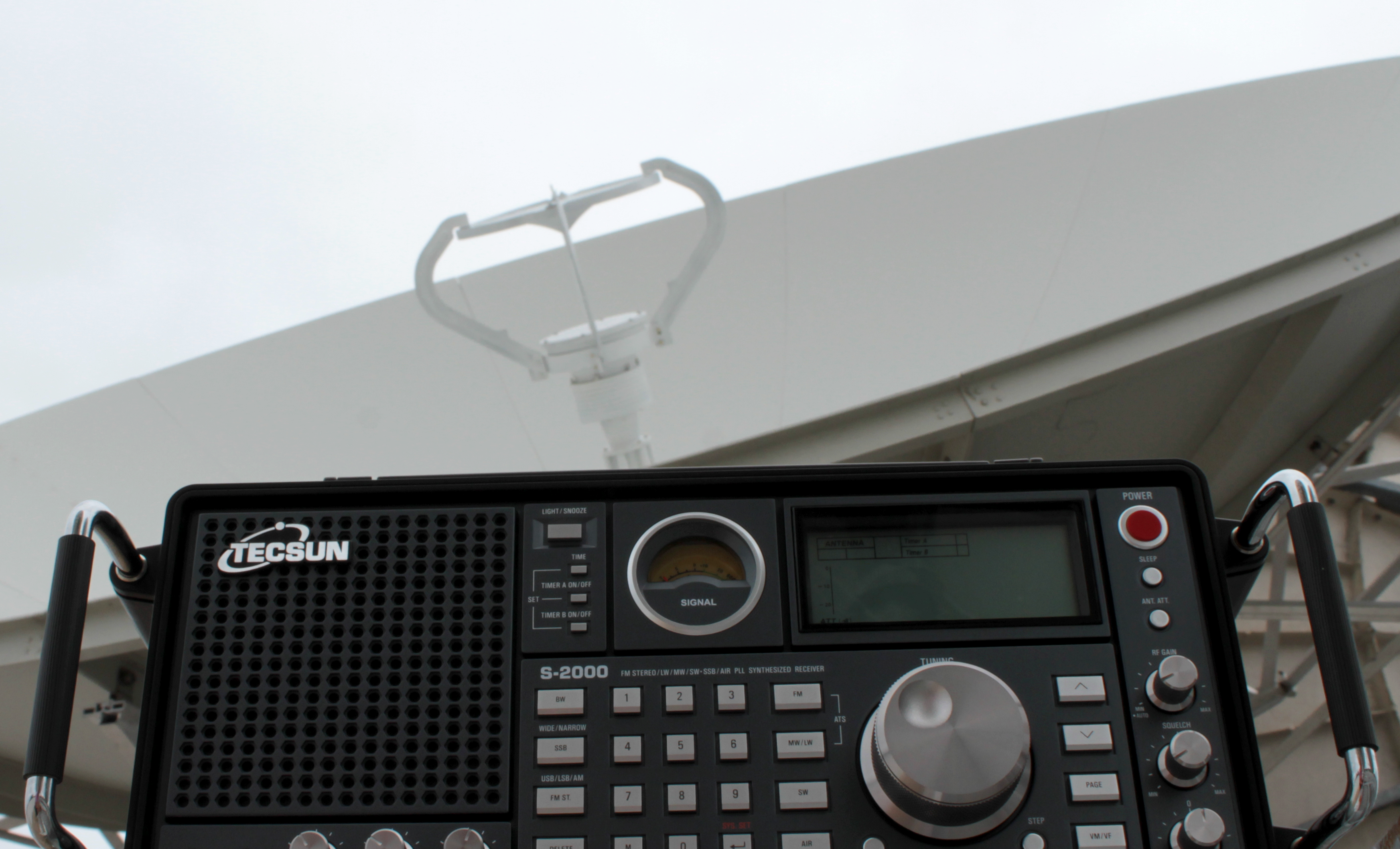Want to see your decoded radiograms featured on our website?
Remember to tag @TecsunRadios and #DecodeToWin!
Want to see your decoded radiograms featured on our website?
Remember to tag @TecsunRadios and #DecodeToWin!
Want to see your decoded radiograms featured on our website?
Remember to tag @TecsunRadios and #DecodeToWin!
The ocean racing yachts that will set off on Wednesday’s Sydney Hobart Yacht Race are required to carry radio equipment that includes both VHF and HF radios.

Image courtesy of Michael Cratt
Want to see your decoded radiograms featured on our website?
Remember to tag @TecsunRadios and #DecodeToWin!
Want to see your decoded radiograms featured on our website?
Remember to tag @TecsunRadios and #DecodeToWin!
Tecsun Radios Australia has set up a Software defined radio (receiver) in Araluen, a small rural community in NSW, Australia. It’s a quiet location for radio “noise”, far away from high density population and the accompanying RF noise generated.
You can listen to the Tecsun Radios Australia SDR here.
The SDR itself is called a “KiwiSDR” and is a commercially available unit, costing around $500. The Kiwi SDR compared to others has 2 advantages: (1) it allows the user to observe the entire shortwave spectrum in one screen, and (2) it can easily be connected to the internet to allow remote operation.
Other SDRs only receive a narrow portion of the radio spectrum, and require extra equipment to connect to the internet.
With the Kiwi SDR, it is easy to remotely identify that a signal exists from the “waterfall” display and then accurately tune and receive it.
The SDR is connected to two separate trapped HF vertical antennas. Each antenna is fed via common mode chokes ,one at the antenna end, and one at the equipment end of each cable run. These 2 antennas are then fed to an HF signal combiner. This provides some degree of antenna redundancy. The HF combiner feeds a 1:1 50 ohm transformer to isolate the KiwiSDR power supply ground from the antenna ground.
The antennas have been located as far away from man made noise sources as possible, and are fed with 75 ohm quad shield cable. Careful attention has also been paid to the grounding of the antenna.
Because the location is remote and in a bushfire affected area, mains power is supplemented by battery backup. The 5 volt power supply required by the KiwiSDR is a linear power supply that has a built in switching delay of 0.5 seconds, to ensure stable reset after power failure. We have been unable to surce a UPS with low RFI footprint for this application.
Connectivity to the www is achieved via a Skylink Ka band satellite link.
The Kiwi SDR can be used to receive AM, AM Narrow, USB, LSB, weatherfax, CW (Morse Code) and DRM signals.

The Tecsun Radios SDR ‘waterfall’
You can listen to the Tecsun Radios Australia SDR here.
Or, simply logon to the SDR (go to http://kiwisdr.com/public/ for a worldwide list), select an SDR located close to the transmission source you’d like to listen to, select the appropriate mode and the desired frequency.
Have you tuned into the Tecsun Radios SDR?
Tell us in the comments below where you’re tuning in from and what you listened to!
At Tecsun Radios Australia, we’re a bunch of amateur radio enthusiasts ourselves, and AMSAT’s satellite launch on December 4 (Australian time) “Fox1 Cliff” has inspired us to join forces with the volunteers at AMSAT who build and launch Amateur Radio Satellites.
This week Federal Labor has announced that if elected to Government next year it will provide $2 million in funding for the ABC, specifically to bring back shortwave radio services across some of Australia’s most remote areas.
Read more






